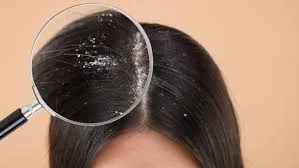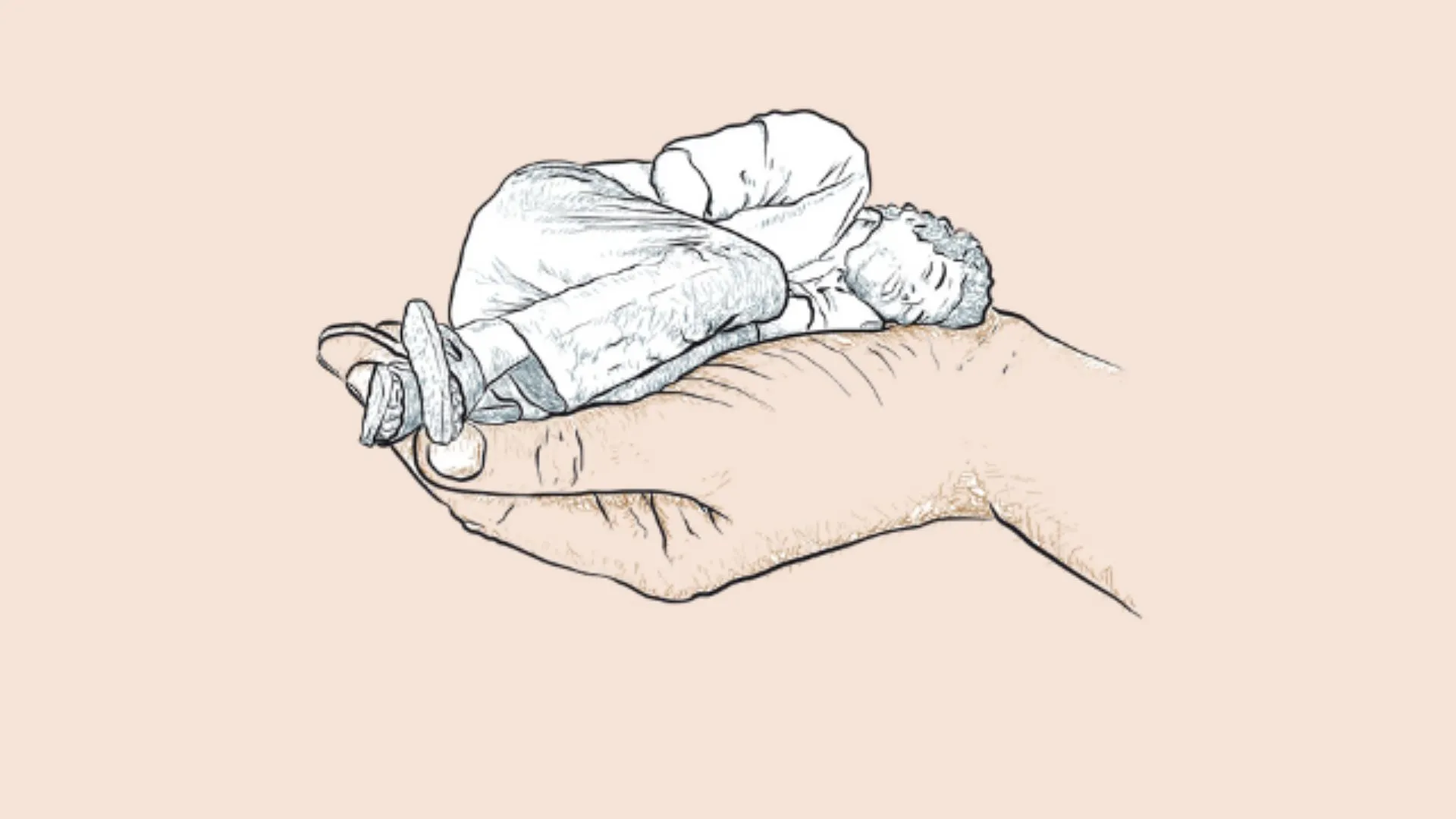Dandruff is a common scalp issue, but it’s not the only one that causes flaking. Sometimes, what looks like dandruff might actually be a fungal infection, which requires a completely different treatment.
In a conversation with HT Lifestyle, Dr. BL Jangid, dermatologist and hair transplant surgeon at SkinQure Clinic, New Delhi, explained how to differentiate between dandruff and fungal scalp infections.
What Is Dandruff?
- Appears as white or yellowish flakes that easily fall on your shoulders.
- Caused by:
- Oily or dry skin
- Sensitivity to hair products
- Overgrowth of Malassezia yeast (naturally present on the scalp)
- Usually not contagious.
- Responds well to anti-dandruff shampoos and proper scalp care.
What Is a Fungal Scalp Infection?
- Often caused by tinea capitis (scalp ringworm).
- Symptoms include:
- Redness, itching, crusting, and even pus
- Patchy hair loss
- May spread to temples, neck, or ears
- Contagious, especially among children.
- Needs prescription antifungal medications (not regular shampoos).
Key Differences: Dandruff vs Fungal Infection
| Feature | Dandruff | Fungal Infection |
|---|---|---|
| Flake texture | Dry, powdery | Thick, greasy, clings to scalp |
| Spread | Stays on scalp | May reach neck, temples, ears |
| Hair loss | Rare | Common (patchy bald spots) |
| Inflammation | Mild | Often red, swollen, or painful |
When to See a Doctor
Consult a dermatologist if you experience any of the following symptoms for over a week:
- Persistent itching or burning
- Unusual bald patches
- Scalp swelling or pus























